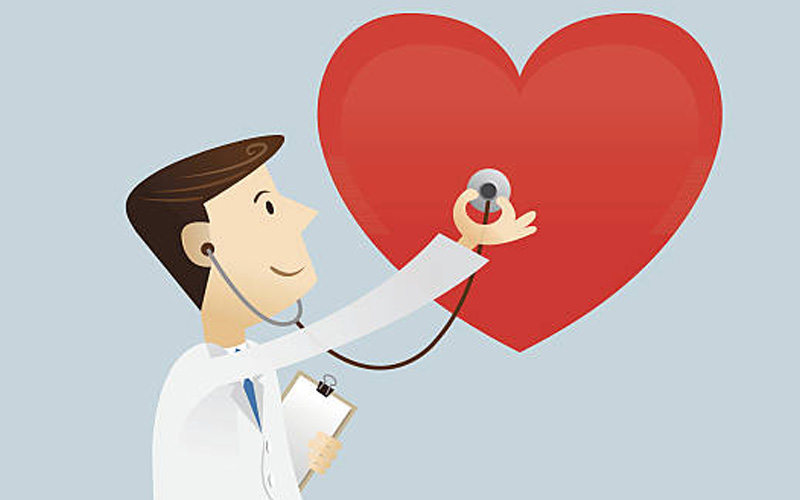
Heart disease is the leading killer of people in the World, affecting people of all ages and backgrounds. That means the work of heart doctors, or cardiologists, is more important than ever. Of course, cardiologists only have the opportunity to view the heart first-hand during heart surgery. That means they have to use a variety of other techniques to examine and monitor the organ the rest of the time. Let’s take a look at some of the methods cardiologists use to keep your heart healthy.
Your pulse and your blood pressure can provide important clues about the health of your heart. Measurements that don’t fall within certain ranges may indicate problems. Your pulse, or the rate at which your heart beats, is taken by touching one of several “pulse points” located on your body. These spots are areas where the arteries are near enough to the surface of the skin that the movement of blood through them can be felt. Since the artery keeps pace with the heart, doctors can measure heart rate by counting the contractions of the artery. Blood pressure is taken using an instrument called a sphygmomanometer, or blood pressure cuff. After placing the cuff around the upper arm, the doctor holds a stethoscope over the artery located just below the cuff, so that he or she can hear your pulse. Next, air is pumped into the cuff, momentarily stopping the flow of blood through the artery. As air is slowly let out of the cuff, the blood flows again. Blood pressure is determined using two numbers. You may have heard people state that their blood pressure is “120 over 80” or something similar. The top number represents pressure during the heart’s systolic phase, or the time the blood begins to flow during the contraction of the artery. The lower number represents the diastolic phase, or the pressure as the heart is relaxing after the contraction.
Did you know that medical scientists can use sound waves to see inside the body? Pulses of sound are transmitted into the body and the resulting echoes are recorded to paint a picture of what’s inside. Echocardiography is the process of mapping the heart’s size, shape, and movement through echoes. Sounds pulses are sent into the chest. The high-frequency sound waves bounce off of the heart's walls and valves. The returning echoes are electronically plotted to produce a picture of the heart called an echocardiogram. This allows doctors to get information about a person’s heart without having to resort to invasive procedures, such as surgery.
Believe it or not, your heart is an electrical organ of sorts. Every time the heart beats, tiny electrical impulses are discharged. Doctors may use a process called electrocardiography (sometimes called an EKG or ECG) to record electrical discharges and measure the heart's condition. In this procedure, several thin wires attached to electrodes are placed on the patient’s body. Electrical activity is then recorded as a “tracing,” showing dips and spikes in heart electrical activity over a given period of time. Since most electrocardiograms show a healthy heart for patients at rest, doctors may take the readout during a “stress test.” That means that the patient is performing an activity, such as walking on a treadmill at various speeds, during the test. Stress electrocardiography often reveals a different picture of the heart's health.